
33¢ White House
City: Washington, DC
Quantity: 125,000,000
Printed by: Ashton-Potter (USA) Ltd
Printing Method: Lithographed
Perforations: Serpentine Die Cut 11 ¼
Color: Multicolored
Renaming The White House
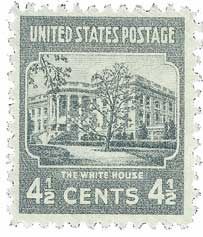
On October 12, 1901, the Executive Mansion, the president’s official residence and workplace, was renamed the White House.
In 1792, President George Washington held a public competition to find a design for the president’s home and office in Washington, DC. Thomas Jefferson was among those that submitted designs, but James Hoban created the winning plan.
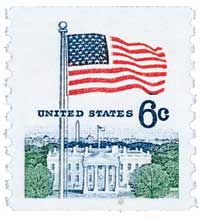
Hoban’s design incorporated features of several Irish and French country homes. The cornerstone was laid on October 13, 1792. Though Washington oversaw the building’s construction, he retired from the presidency before it was completed. On November 1, 1800, John Adams and his wife became the first presidential couple to live in the building, though it was still unfinished.
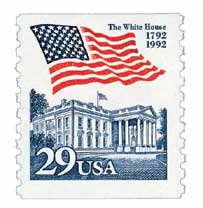
At this time, the building was often referred to as the President’s House. Over time, it would also be called the President’s Palace and the Presidential Mansion. Many opposed use of the word palace because it had indicated royalty. The first known use of the term “White House” appeared around 1811.
In fact, there has been a popular myth that the building was first called the White House after the War of 1812. During that war, the British burned much of Washington, DC, including the President’s House. A common tale claimed that after American forces reclaimed the capital and worked on repairing it, they painted the building white to cover the burn marks. While there are records of the building being called the White House before the war, its use did increase after the war.
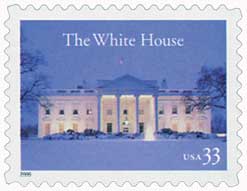
While some would start to call it the White House, the official name had been the Executive Mansion since 1810. This was the phrase that appeared on letterheads and official documents.
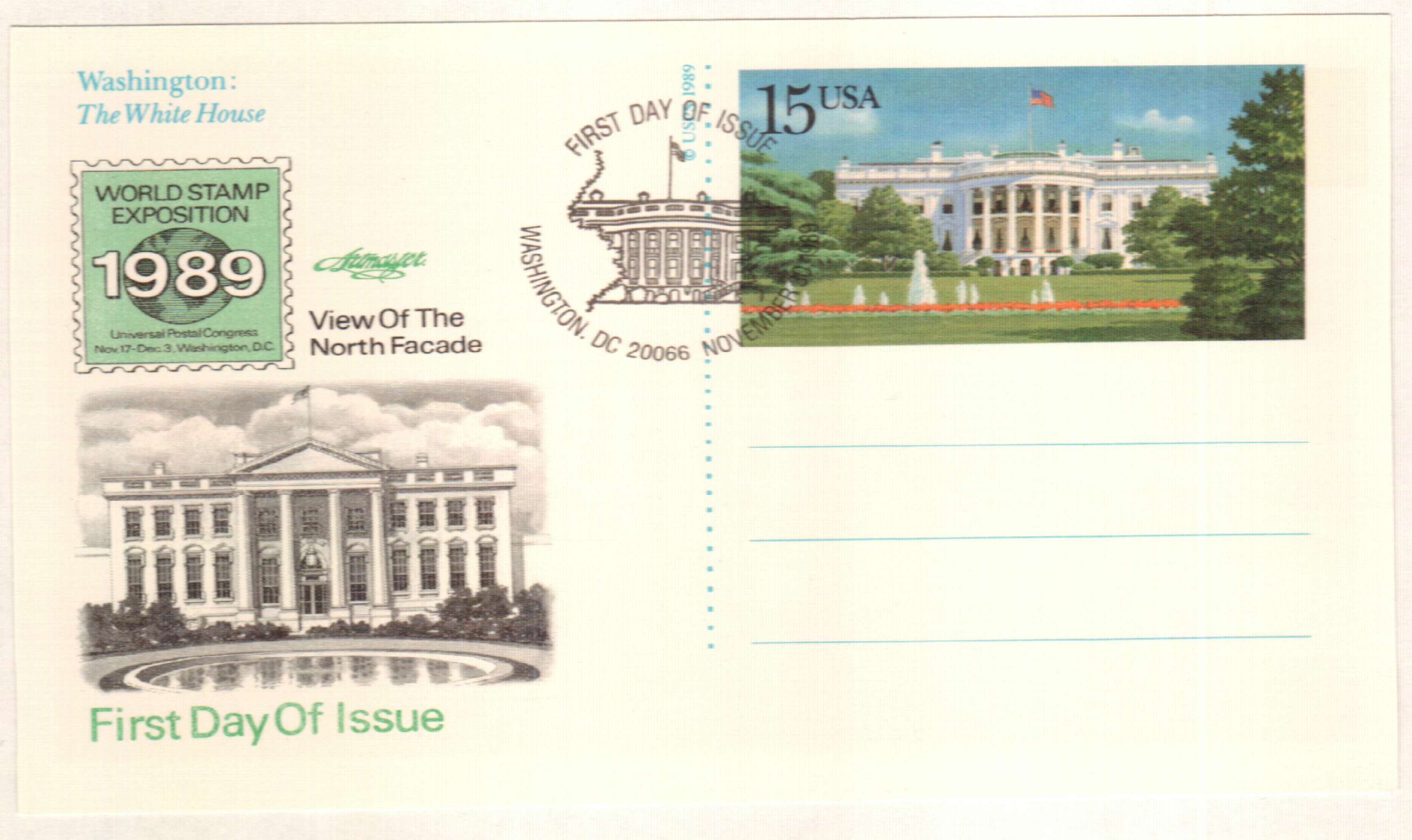
That name would remain in official use for over 90 years. Then on October 12, 1901, President Theodore Roosevelt decided to officially change the name to that one used for decades. He ordered that all White House stationary now read “White House – Washington.” Though the stationary would have a slight change, with Washington being centered under White House, the named has remained in use ever since.







